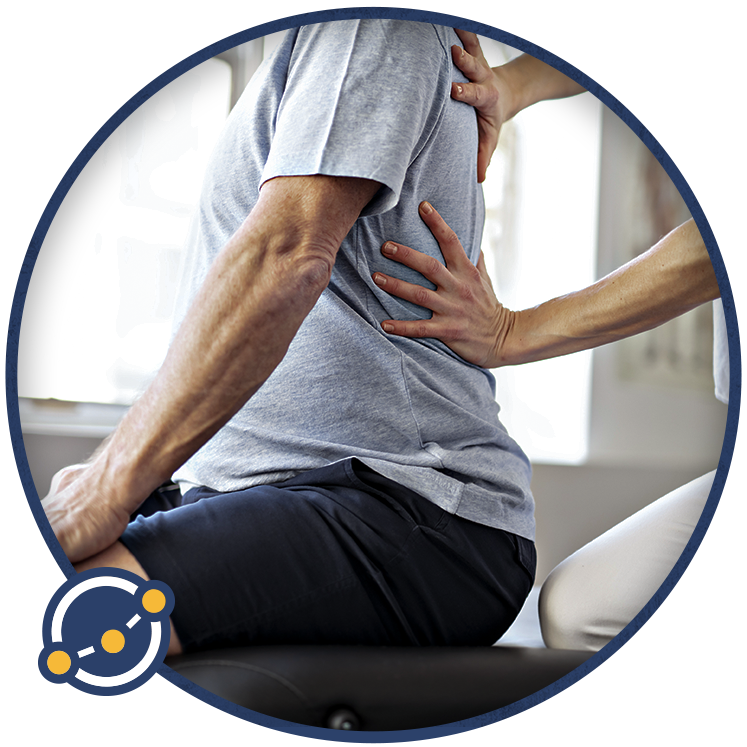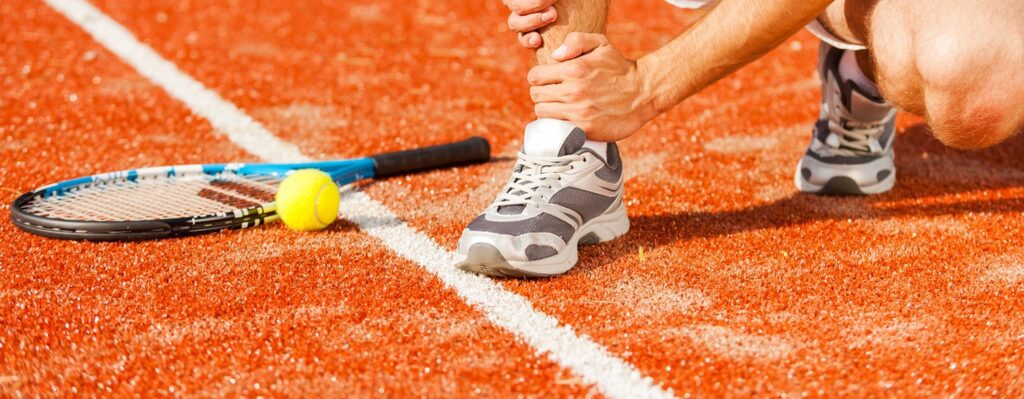
OVERVIEW
Exercise is important to good health, but people often get hurt when participating in sports or other physical activities.
A sports injury involves damage to part of your body due to sports, exercise, or athletic activities.
Who might get a sports injury?
Sports injuries can happen to anyone, particularly people who:
- Are out of shape.
- Don’t wear proper protective equipment.
- Exercise without warming up and cooling down.
- Participate in contact sports that may involve tackling or collisions.
- Take part in activities that involve jumping, running and pivoting or changing direction quickly.
DIAGNOSIS
- Physical examination
- X-ray
- CT scan
- MRI
What are the injuries??
Sports injuries can affect any part of your body. They most often affect:-
- Sprains: Ankle, Knee, Wrist.
- Strains: Hamstring, Back
- Shoulder: Rotator Cuff Tendinitis, Rotator Cuff Tears
- Elbow: Tennis Elbow, Golfer Elbow
- Knee: Jumper’s Knee Or Runner’s Knee,
- Meniscus Tear
- ACL / PCL tear.
- Achilles Tendinitis Or Achilles Tendon Rupture.
- Ankle: Pain/ Sprain.
- Fractures.
- Dislocations.
- Cartilage tear: Knee and Shoulder
- Swollen muscles. Swelling is a natural reaction to an injury.

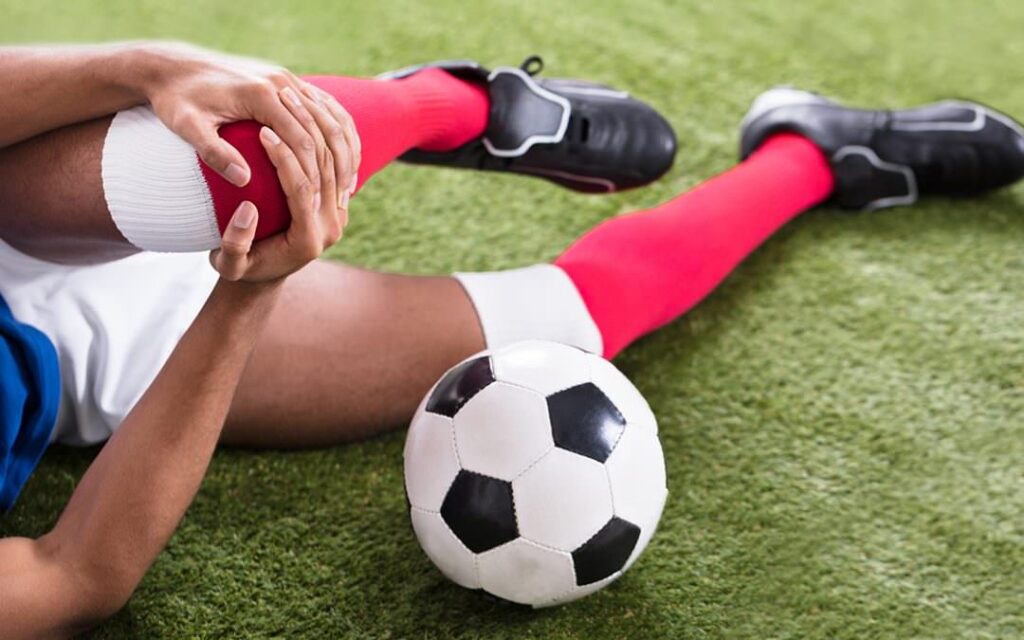
Symptoms
- The signs and symptoms of a sports injury depend on the type of injury. Common symptoms include:
- Aches, pain or tenderness.
- Swelling.
- Bruising.
- Deformity
- Decreased range of motion.
- Grinding, cracking, clicking or popping noise.
- Inability to bear weight on your hip, leg or foot.
- Skin that’s warm to the touch.
- Stiffness or weakness.
TREATMENT
Treatment depends on the type and severity. Many sports injuries heal in a few days or weeks with rest and at-home strategies.
But for more serious injuries, treatment may involve:
- Immobilization
- Pain Killer- NSAIDs
- Physical therapy
- Injections to reduce swelling and pain.
- Surgery.
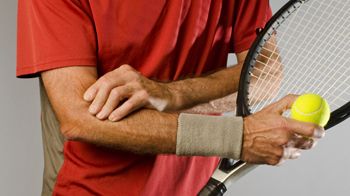
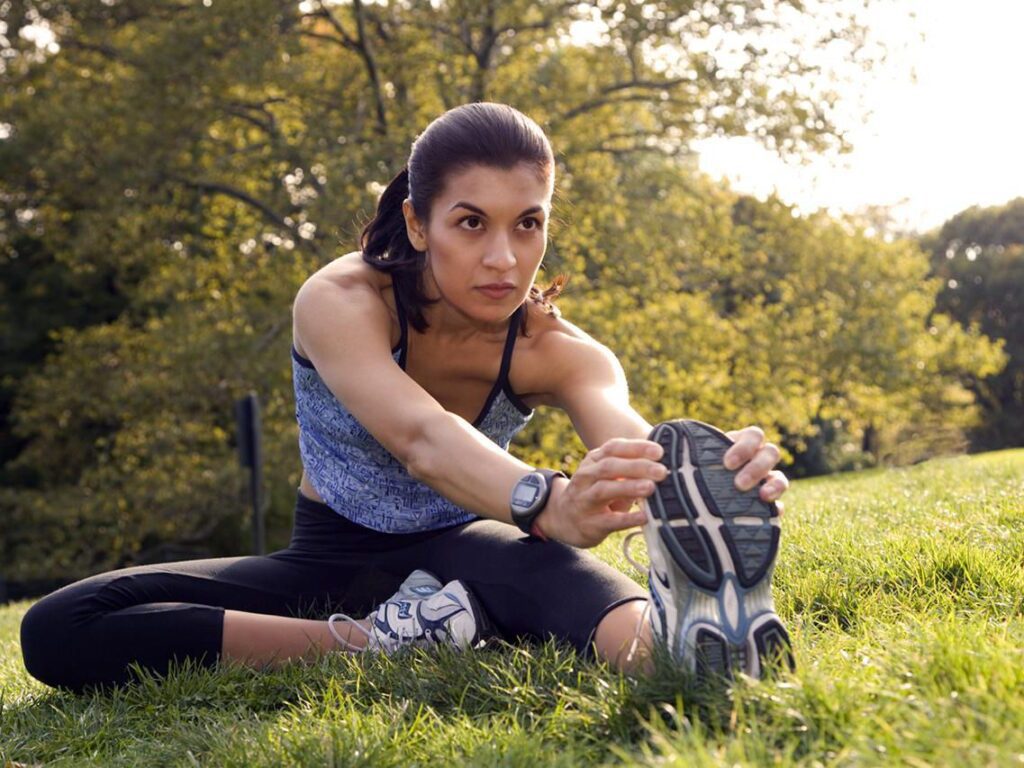
How can I reduce my risk of sports injuries?
There are many ways you can help prevent sports injuries.
- Choose sports and activities that are less dangerous.
- Mix up your routine. Your body needs a combination of cardiovascular (aerobic) exercise, strength training with weights or resistance, and flexibility.
- Drink plenty of water before, during and after any exercise.
- Learn proper technique and use it all the time.
- Rest when you’re tired. Stop any activity that doesn’t feel right.
- Start slowly and build gradually.
- Stretch before and after every workout.
- Warm up before and cool down afterward.
- Wear proper shoes and safety equipment.










